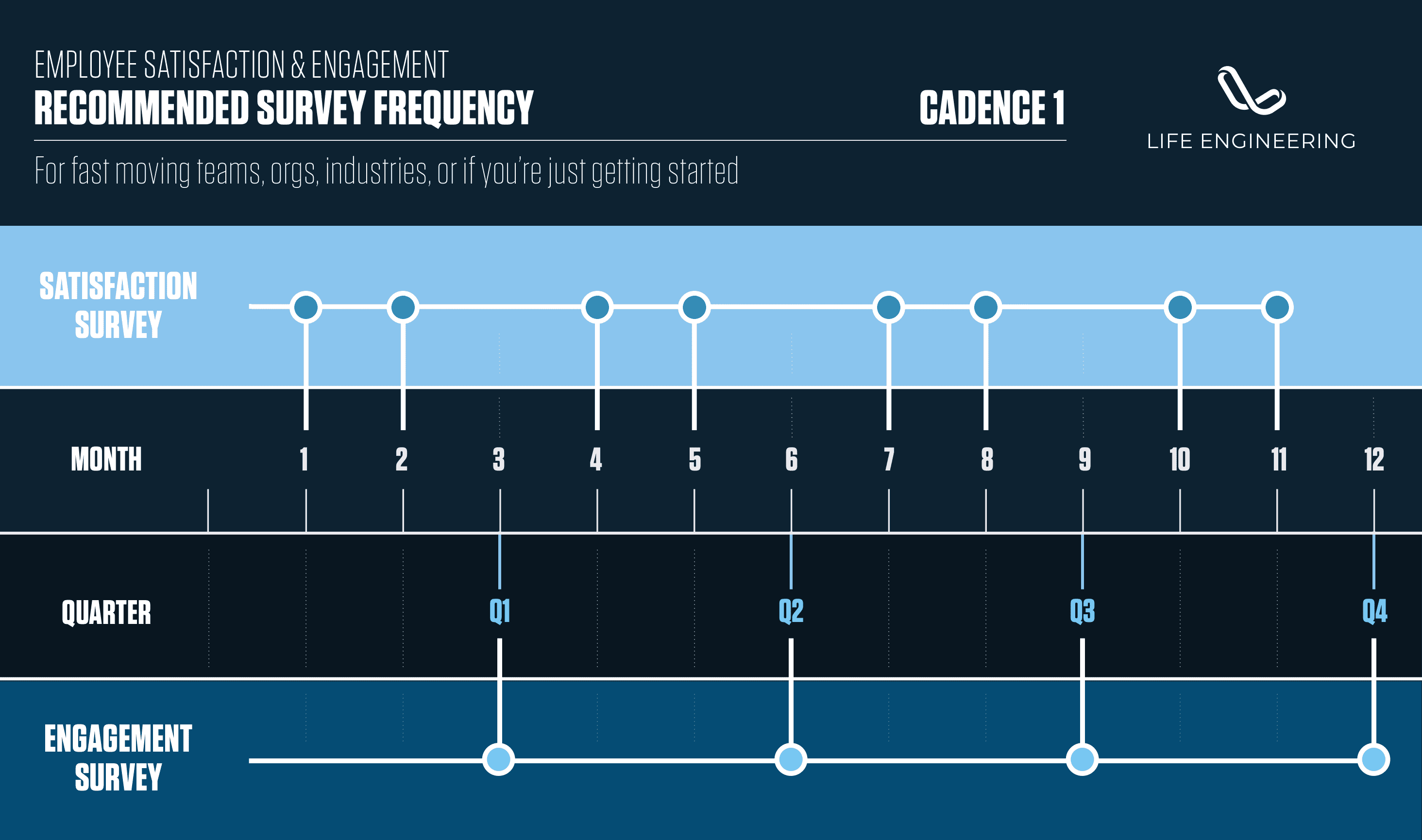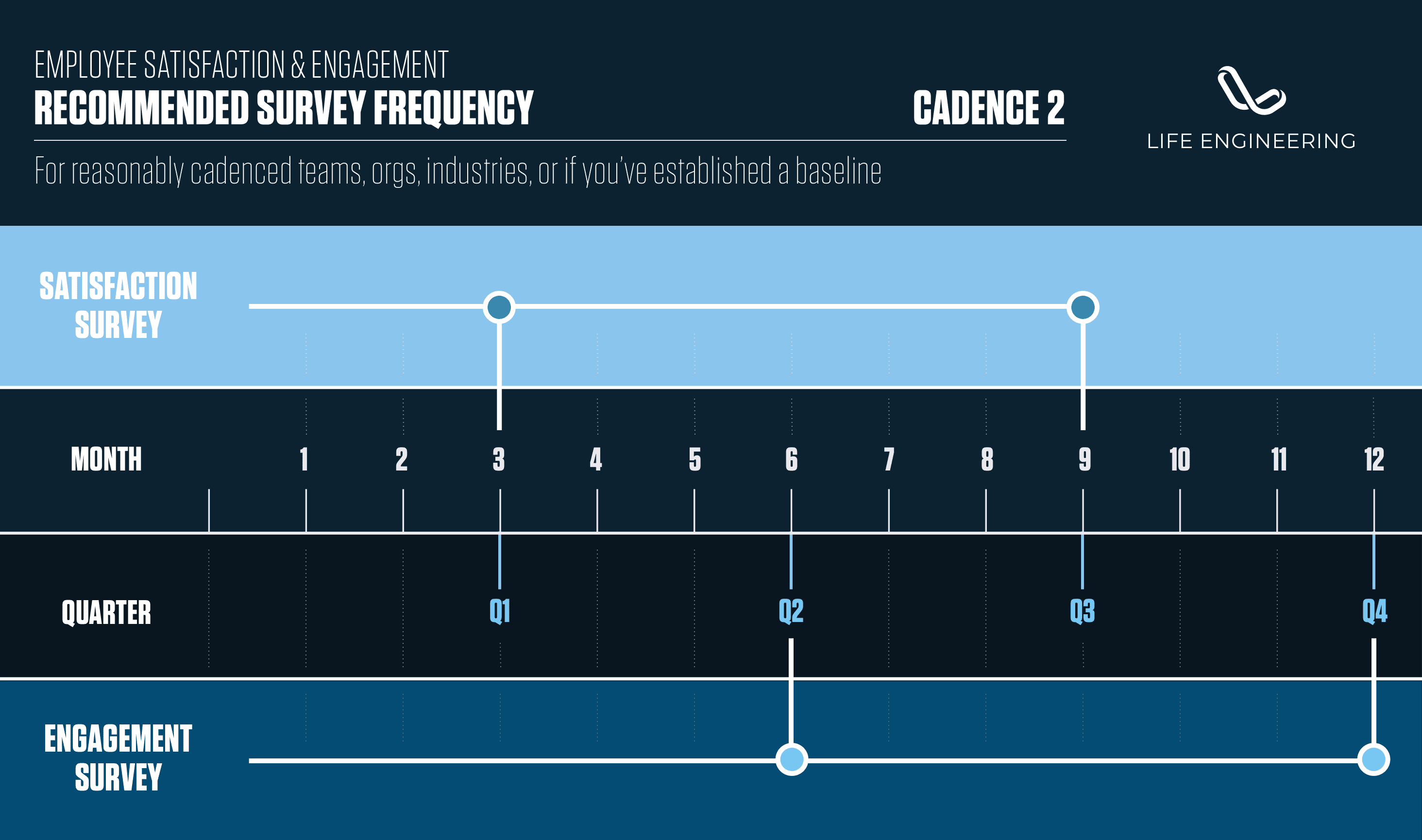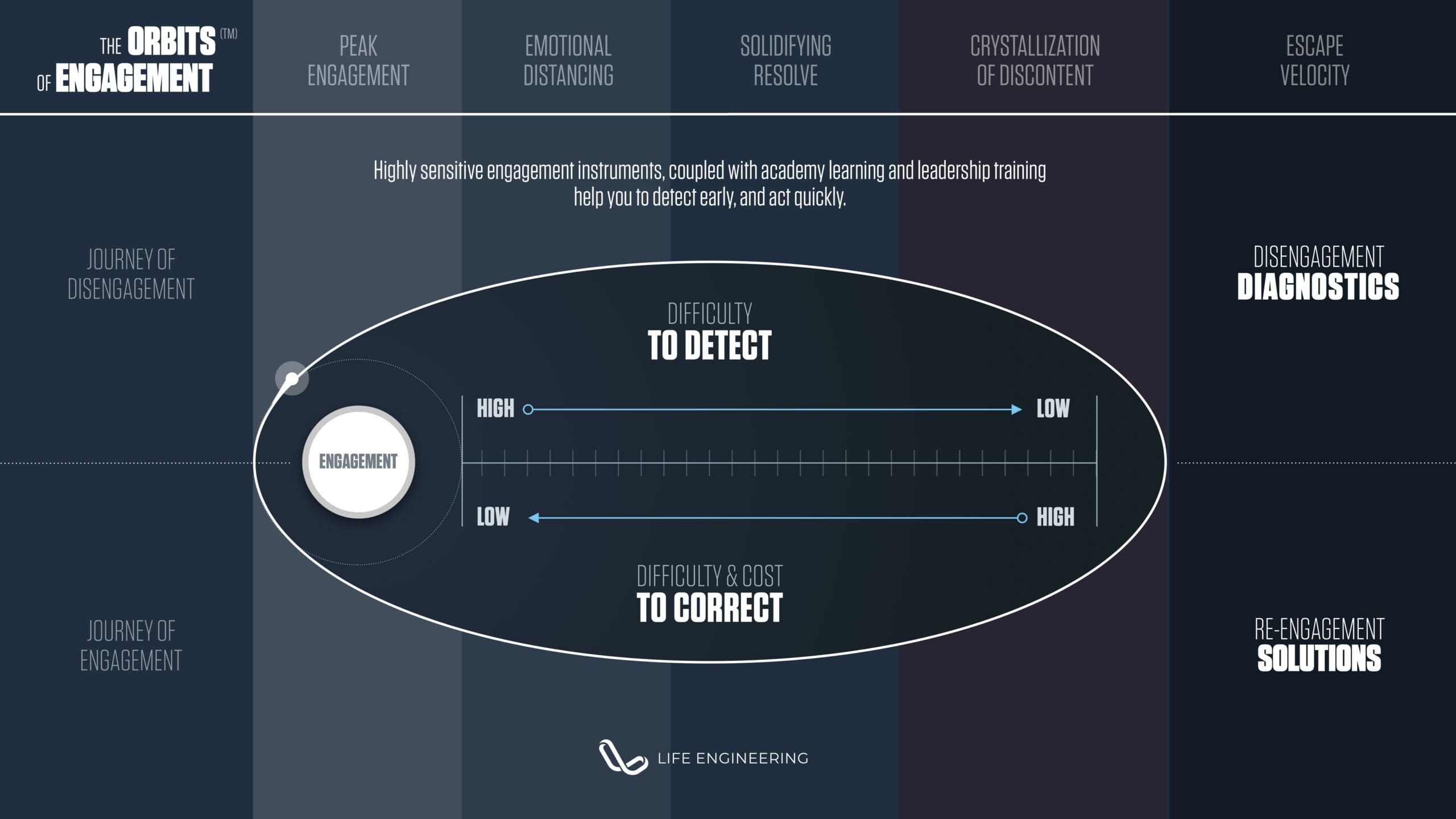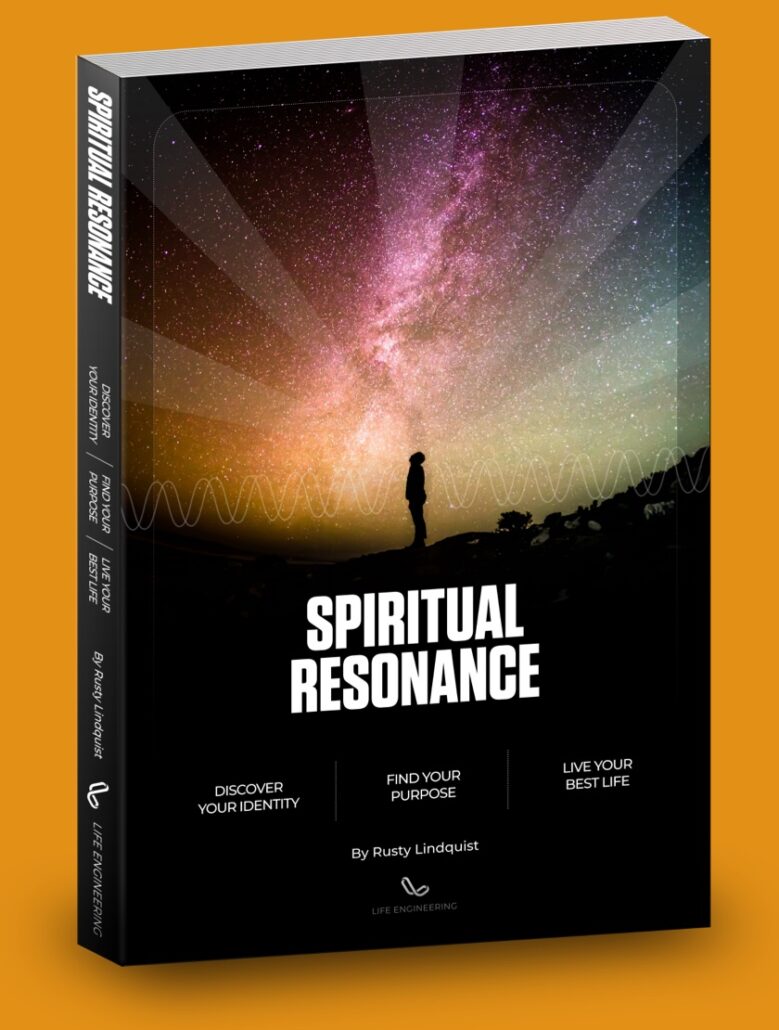Survey frequency—or the cadence at which you solicit the Voice of the Employee, whether for satisfaction or engagement—is critical, and will differ by organization.
Too-frequent surveys can create survey fatigue and lower the quality of the data, while too-infrequent surveys can fail to give you the information you need in the time you need it.
now let's look at
Survey frequency
The value of Life Engineering’s lightweight, easy-to-implement satisfaction survey set is that it allows you to survey your organization more frequently, without imposing a high cost on the organization.
Part of that cost is survey fatigue, which tends to corrupt the data gathered from your surveys.
Because of this, for most organizations (or teams) that are in a fast-paced, high-change environment or industry—or for organizations or teams just needing to set their baseline and who are just getting started—we recommend you conduct satisfaction surveys monthly, with engagement surveys done quarterly.
Those satisfaction surveys will expose pockets of discontent inside the organization, which could then trigger a deeper and more extensive, but off-cycle Engagement Survey, which would otherwise run quarterly.
To accommodate this cadence, the Life Engineering Engagement Survey includes the ENPS survey questions by default. That makes it so that if you keep this cadence of monthly satisfaction surveys and quarterly engagement surveys, you never miss a beat with your satisfaction data.
That’s valuable, and is important in making sure that you have regularity in keeping pulse of employee sentiment, without leaving any gaps in your data.
For teams and organizations that are more mature, that are more reasonably cadenced in nature, or for those who have already established their employee sentiment baseline by following Cadence 1, then there’s a separate recommended cadence for you.
Having that core baseline established means that you can survey less frequency. For you, we recommend a survey cadence with quarterly satisfaction surveys and engagement surveys every 6 months (or twice a year). In other words, you’ll just alternate quarters.
This is a possibility, since the Life Engineering Engagement survey includes the Employee Satisfaction metrics (ENPS and ESS), allowing you to not miss a beat on those metrics over the course of the year.
As you can see from these two models, even if you’re not in a fast-moving industry, initially, more data is better, because it allows you to set a baseline and measure progress.
It also allows to better determine “Satisfaction Velocity,” which we’ll talk about more below.
the key to employee satisfaction
measure often, detect early, react fast
Another point of consideration when choosing your survey frequency (whether it’s employee satisfaction surveys, employee engagement surveys, or an artful and strategic implementation of both), is that the faster you can detect pockets of discontent, or any other sort of cultural deterioration and decay, the better.
Our research shows that there’s an inverse correlation between difficulty to detect and difficulty to correct.
You can see this illustrated in this modification of the Orbits of Engagement diagram (one of the core models of Life Engineering).
You can learn more about this model in the Achievement Academy.
Put simply, when we first choose to engage with anything, we enter an orbit of peak engagement.
Over time, that orbit can decay, and we tend to slip through a predictable series of emotional stages as our engagement deteriorates.
Ultimately that can lead to Escape Velocity, where the gravitational pull of the orbit we were once in is no longer strong enough to hold us. This is where we quit and leave. The two prior orbits are where we quit and stay. We’re there, but disengaged. Today this is called “quiet quitting.”
As we traverse these consecutively deteriorating orbits, we not only emotionally disengage (something we now call “quiet quitting”), but our satisfaction drops precipitously as well.
What this diagram shows, and what our science has found, is that as people drift into dissatisfaction and disengagement, it becomes increasingly easy to detect. The behavioral signals they send are more pronounced, and they’re more willing to speak out and be open.
But at the same time, the farther out they get, the more difficult it is to get them back. Most of the time, there’s a “point of no return,” or at least a point at which the likelihood of return is so low, and the cost to get them to return is so high, that it no longer makes sense to solve for that particular employee’s disengagement or dissatisfaction drivers.
Knowing what to solve for is key (and we cover it below).
The bottom line is that being able to detect early so you can react fast is critical to maintaining a highly engaged, high-performing culture.
And the best way to do that is to have at your disposal a strong and regular sequence of Employee Satisfaction and Employee Engagement instruments you can use to identify cultural (orbital) decay.
You’ll learn more about these orbits in the Academy.





Responses